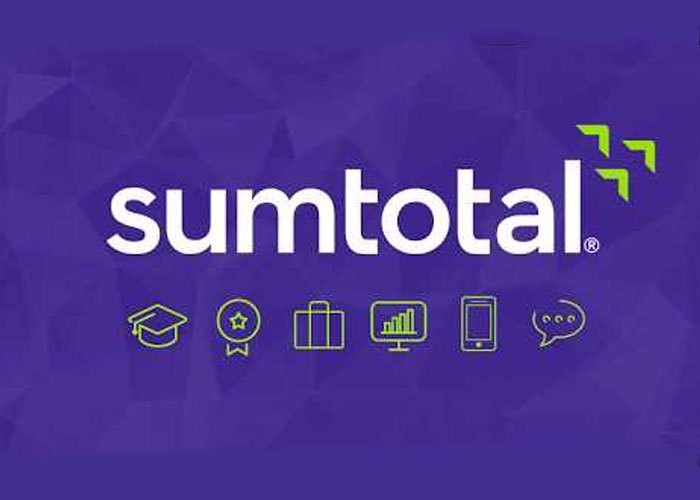Maximising the automation function of your learning management system


Liam Butler, AVP of SumTotal, discusses his learnings from a recent Learning Technologies conference about maximising the automation function of your organisation’s learning management system (LMS).
At the recent Learning Technologies conference back in February, I attended a session entitled Lessons from the Frontline of Learning Technology Implementations. We heard four different stories covering everything from rolling out a new LMS, designing for the many different levels of digital expertise and familiarity to creating a global connectivity infrastructure embedded into the daily workflow rather than a separate entity.
Given the conference’s overall theme of the impact of artificial intelligence (AI) and automation, it was somewhat fitting that one of the four, LMS Program Lead at Mettler-Toledo, Michael Redford, addressed how automation frees up time. He discussed how his organisation is using the automation capabilities of its LMS to facilitate and increase employee learning and development engagement, particularly around critical compliance training due to the industry Mettler-Toledo operates in.
Listening to Michael got me thinking about the many automation capabilities of an LMS and how these functions increase efficiencies and results with minimal effort and time.
Manage multiple languages
Today’s organisations, in particular HR and L&D departments, are acutely aware that to fully engage and develop all employees it is no longer prudent to offer training in one language. Now it’s about choice. LMSs can provide this capability by giving each user a personal account, and when they sign up, they then can select from a list of options, including the choice of their preferred language. This feature is particularly essential for global multi-national enterprises who want to implement consistency of training across regions especially around meeting mandatory compliance training.
Deliver personalised learning paths
Learning and career development do not happen in a silo. Employees need to see what skills they need to gain today for roles they want in the future. However, not knowing where they are at and how they move forward can prevent employees from taking action. Personalised learning paths give employees a view into their learning progress and provide individualised recommendations – ensuring employees know what they need to do to get to their next role and staying engaged throughout the process.
Send automatic notifications
These are system generated, multi-lingual and are hugely beneficial in helping improve learner interaction with training. The types of notifications that resonate with L&D teams include assignment details, deadline reminders, and an overdue deadline note. Notifications are also hugely valuable for interacting with remote or mobile employees and facilitate a direct line of communication regardless of location or schedule of the learner.
Assign learners via a data upload job
Using the LMS data import process, an organisation can upload HCM employee data and schedule learning via the “scheduled assignment job”. This feature enables L&D or HR to then assign a group of employees to the learning needed to meet compliance needs and obtain the skills required for effective succession planning.
Schedule delivery and reports
Using this feature allows an organisation to send key stakeholders a variety of reports. Additionally, these reports are an invaluable tool for L&D departments demonstrating the value and impact of their programs on the organisation
Streamline onboarding
When a new employee starts a job, part of the onboarding process often includes the completion of specific training. Again, your LMS should consist of a function that allows you to automatically process all new hire required assignments including the welcome letter, forms, first-day schedule, recommended learning and facilitate collaboration with peers and mentors.






